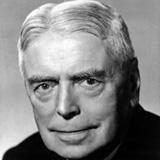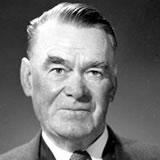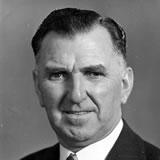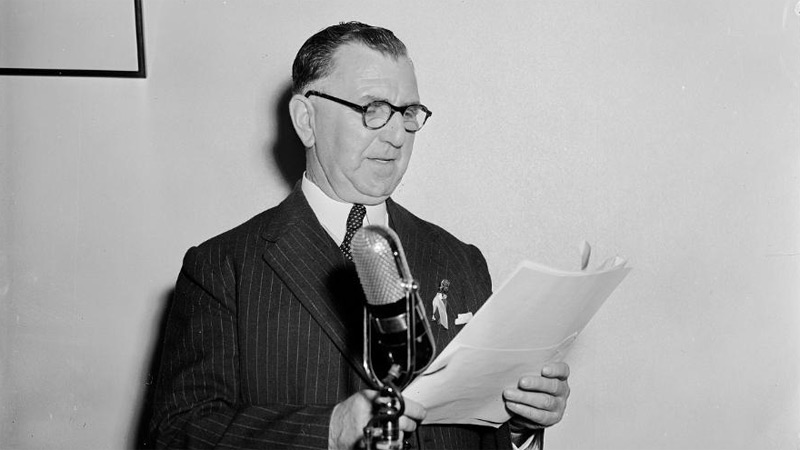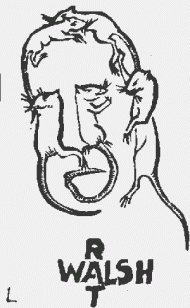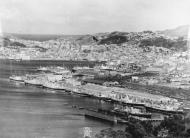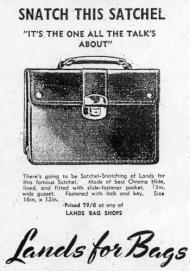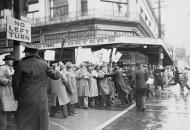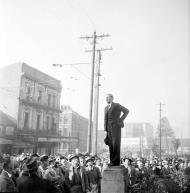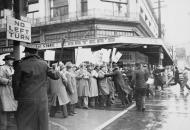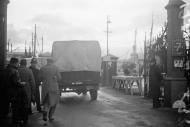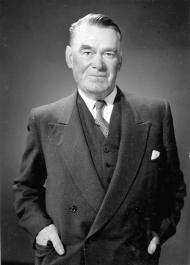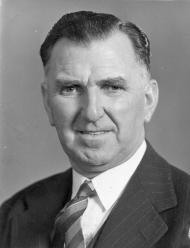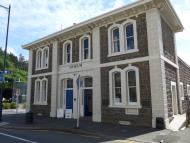Waterfront Dispute
Articles
The Cold War
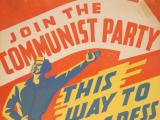
Although the origins of the so-called Cold War can be traced back to the Bolshevik revolution of 1917, this intense ideological struggle between the Western powers and the Soviet Union really began after the Second World War. Read the full article
Page 2 - Overview
New Zealand’s participation in the Cold War was shaped by its decision to support the Western powers in their confrontation with the Soviet Union after the Second World War.
Page 8 - War at home
Apart from a period during the 1950s, New Zealanders remained relatively tolerant of communism.
The 1951 waterfront dispute
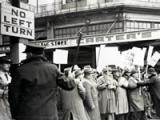
The 1951 waterfront dispute was the biggest industrial confrontation in New Zealand’s history. Although it was not as violent as the Great Strike of 1913, it lasted longer – 151 days, from February to July – and involved more workers. Read the full article
Page 1 - The 1951 waterfront dispute
The 1951 waterfront dispute was the biggest industrial confrontation in New Zealand’s history. Although it was not as violent as the Great Strike of 1913, it lasted longer – 151
Page 2 - Countdown to confrontation
New Zealanders generally accepted the hardships and restrictions of the war years as necessary in the fight against fascism. After the war, though, many began to demand a greater
Page 3 - War on the wharves
With New Zealand’s vital export trade at stake when the wharves came to a standstill, the government declared a state of emergency on 21
Page 4 - Division and defeat
The watersiders’ militancy had isolated them from most unionists and Walter Nash’s Labour Party Opposition sat uncomfortably on the fence, denouncing government repression but
Page 5 - Further information
Recommended links and publications relating to the 1951 waterfront
